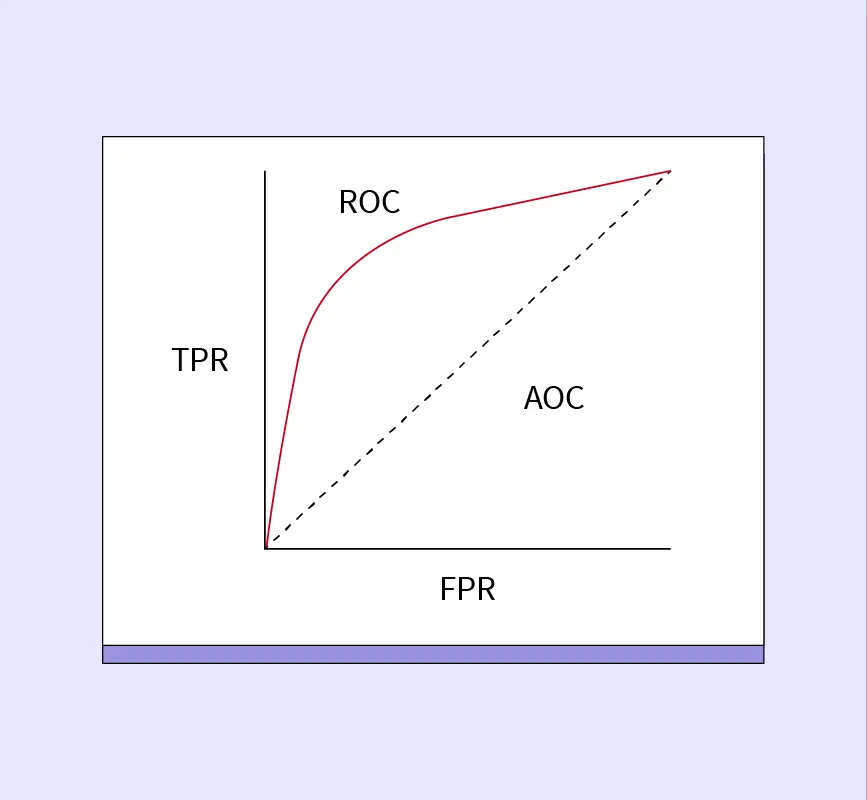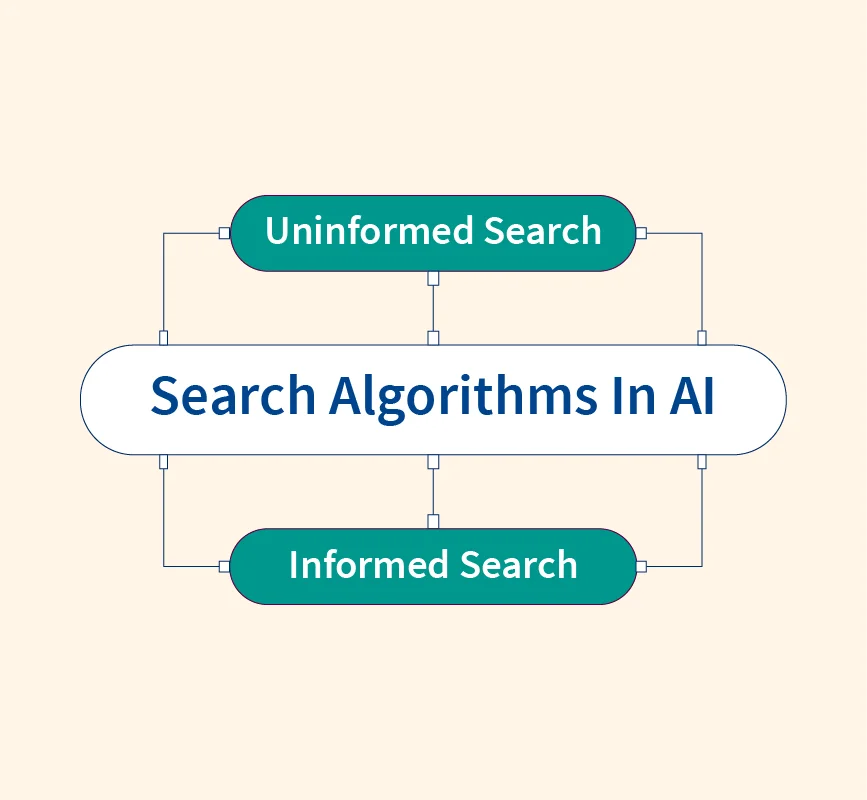In the fast-paced world of data science, the tools you choose can define the success of your projects. Among these tools, R stands out as a powerful open-source programming language tailored for statistical computing and data visualization. Originally created by statisticians, R has become an essential tool for data scientists, researchers, and analysts across a wide range of industries.
What makes R so indispensable? It excels in statistical analysis, offering a vast ecosystem of packages that enable everything from data wrangling to machine learning. Whether you’re uncovering patterns in healthcare data or visualizing trends in finance, R’s capabilities make it a go-to solution for complex data-driven tasks.
This article will guide you through R’s features, its applications in data science, and how it stacks up against other popular languages like Python. By the end, you’ll have a clear understanding of when and why R is the perfect choice for your next data project.
Understanding R in Depth
What is R, really?
R isn’t just a programming language—it’s a complete environment designed specifically for data analysis and visualization. It was created by Ross Ihaka and Robert Gentleman in the early 1990s as an evolution of the S programming language. Over time, R has grown into a powerful tool for data scientists, with contributions from a large global community making it even more versatile. Today, R is used by statisticians and analysts worldwide for everything from basic data tasks to complex analysis.
Key Features and Strengths
One of R’s biggest strengths is that it’s open-source. This means anyone can use it, and the global community constantly adds new features and tools. With over 18,000 packages available through CRAN (Comprehensive R Archive Network), R offers powerful libraries for nearly any data task. Whether you need to create beautiful visualizations with ggplot2, clean and manipulate data with dplyr, or apply machine learning models with caret, R has the tools you need.
R truly excels in statistical analysis, which is why it’s so popular among academics and researchers. It’s built to handle large datasets and run complex statistical tests, helping data scientists quickly draw insights from raw data.
The R Environment
When using R, most data scientists work within RStudio, a popular integrated development environment (IDE). RStudio simplifies the process of writing code, visualizing data, and creating reports. It’s user-friendly, and features like integrated plotting and package management help streamline data workflows. R Markdown is also a useful feature in RStudio, allowing users to document their analysis and produce polished, reproducible reports.
R’s Popularity
R is widely used in both academia and industry. It’s the top choice for researchers and statisticians, particularly in fields like healthcare and finance, where precision and data visualization are key. Surveys consistently rank R as one of the most popular programming languages for data science, proving its continued relevance in today’s data-driven world.
R’s Applications in Data Science
1. Data Exploration and Visualization
R is renowned for its ability to help data scientists explore and visualize data effectively. With libraries like ggplot2 and lattice, users can create visually compelling and customizable graphs. These tools allow you to generate insights by uncovering patterns, trends, and relationships within the data.
- ggplot2: Widely used for creating high-quality, publication-ready graphs.
- lattice: Great for multivariate data visualization and more complex plotting.
These visualizations not only assist in data exploration but also help in presenting data-driven findings to stakeholders in an easily understandable format.
2. Statistical Analysis
R excels at statistical analysis, making it a preferred tool for statisticians and researchers. Whether you need to run basic statistical tests or perform complex modeling, R’s extensive range of libraries ensures you can handle virtually any statistical task.
- stats: R’s base package for basic statistical functions.
- lme4: Used for linear and mixed effects models.
R is a top choice for industries like healthcare and economics, where the ability to perform in-depth statistical analysis is critical for decision-making and research.
3. Machine Learning with R
While Python may be more commonly associated with machine learning, R offers powerful tools for building machine learning models. Packages like caret and randomForest simplify the implementation of various algorithms and the evaluation of predictive models.
- caret: A versatile package for training, tuning, and evaluating machine learning models.
- randomForest: Popular for classification and regression tasks, especially when working with large datasets.
These tools make R a solid choice for those who need machine learning capabilities along with statistical analysis in a single environment.
4. Data Wrangling and Preprocessing
Before analysis, data often needs to be cleaned and transformed. R’s tools for data wrangling make this process efficient and user-friendly.
- dplyr: Ideal for data manipulation tasks like filtering, sorting, and summarizing data.
- tidyr: Helps reshape and clean datasets to prepare them for analysis.
These packages simplify the process of transforming messy data into a format suitable for analysis, ensuring data is accurate and ready for deeper exploration.
Real-World Applications
R is widely used across multiple industries for a variety of purposes:
- Healthcare: Analyzing patient data, running clinical trials, and developing predictive models.
- Finance: Modeling financial risks, analyzing stock market trends, and predicting prices.
- Marketing: Customer segmentation, market basket analysis, and predictive analytics.
- Social Sciences: Survey data analysis, experimental research, and data-driven policy development.
R’s flexibility and statistical power make it an essential tool in these industries, helping professionals turn raw data into actionable insights.
R vs. Python: A Comparative Analysis
When it comes to data science, both R and Python are popular choices, each with its own strengths. While Python has emerged as the go-to language for general-purpose programming and machine learning, R holds its ground with its specialization in statistical analysis and data visualization.
Acknowledge Python’s Strengths
Python is known for its versatility and ease of use, making it popular in industries ranging from tech startups to established enterprises. Its simple syntax and broad application areas, from web development to deep learning, make Python a favorite for developers and data scientists alike. With libraries like TensorFlow, Scikit-learn, and Pandas, Python excels in handling large datasets, machine learning, and automating workflows.
Highlight R’s Niche
On the other hand, R was built specifically for statisticians, which gives it an edge when it comes to performing complex statistical analysis and creating detailed visualizations. R’s packages like ggplot2 and lme4 offer advanced capabilities for data visualization and statistical modeling, making it indispensable in fields like healthcare, economics, and academia. Its specialized nature also makes it particularly appealing for researchers who need to run in-depth analyses with precise tools.
Key Differences
Here’s a quick comparison of R and Python based on key factors:
- Syntax:
- Python: Simple and easy to learn, making it accessible to beginners.
- R: More specialized and tailored for statistical workflows, but steeper learning curve.
- Learning Curve:
- Python: Generally easier to pick up, especially for those with programming backgrounds.
- R: Requires a background in statistics to fully leverage its potential, though it’s highly rewarding for those who master it.
- Performance:
- Python: Excellent for general-purpose tasks, large-scale machine learning models, and integration with big data technologies.
- R: Optimized for statistical computations, but may lag behind in handling larger datasets compared to Python.
- Community and Support:
- Python: Larger, more diverse community, with a strong focus on machine learning and AI.
- R: A passionate, niche community, especially strong in academia and research fields.
When to Choose R (and When Not To)
- When to Choose R: R is the ideal choice for projects that require in-depth statistical analysis, advanced data visualization, or specialized research tasks. It’s especially useful in fields like healthcare, academic research, and economics.
- When to Choose Python: Python is better suited for general-purpose programming, large-scale machine learning projects, and tasks that require integration with other technologies, such as web development or automation. Python’s flexibility and growing AI ecosystem make it the go-to for machine learning and production environments.
Getting Started with R
If you’re new to R, setting up your environment and learning the basics is straightforward. R is an open-source language, and getting started requires only a few simple steps.
Installation and Setup
To begin, you’ll need to install both R and RStudio, a popular integrated development environment (IDE) that makes working with R easier. Here’s how to get started:
- Download R: Head over to CRAN’s website and download R for your operating system (Windows, macOS, or Linux).
- Install RStudio: Once R is installed, download and install RStudio from RStudio’s official site. RStudio provides an easy-to-use interface for coding, data visualization, and reporting.
With these installations, you’ll be ready to start coding in R.
Most Popular R Packages
Once R and RStudio are set up, the next step is to install essential packages that will streamline your data science workflow. Here’s a list of must-have packages to enhance everything from data manipulation and visualization to machine learning and web app development:
- tidyverse: A collection of R packages designed for data science, including tools like ggplot2, dplyr, and tidyr. It simplifies data manipulation, visualization, and wrangling.
- ggplot2: The go-to package for creating high-quality visualizations, making it easy to produce aesthetically pleasing plots and graphics.
- caret: A powerful package for building and evaluating machine learning models, particularly for training classification and regression models.
- DBI: Provides a unified interface for connecting R to a variety of database management systems, facilitating communication between R and databases.
- RMySQL, RSQLite: Database drivers that assist in loading and reading data directly from databases, making data retrieval more efficient.
- stringr: A user-friendly toolkit for working with character strings and regular expressions, making text manipulation tasks simple.
- dplyr: Offers intuitive functions for summarizing, connecting, and rearranging datasets, perfect for quick and efficient data manipulation.
- lubridate: Makes working with dates and times more accessible by simplifying date-time operations across different time periods.
- rgl: Enables three-dimensional, interactive visualizations, allowing users to rotate and zoom in on visualizations for a deeper understanding of the data.
- randomForest: A machine learning package that supports both supervised and unsupervised learning, commonly used for classification and regression tasks.
- shiny: This package allows you to create interactive web applications directly from R, making it easy to build and share data dashboards.
- xtable: Helps generate HTML or LaTeX code, making it simple to integrate your R outputs into final documents or reports.
- ggmap: Extends ggplot2 by allowing users to download and incorporate maps from Google Maps, making it invaluable for spatial data visualization.
- xts: Includes a set of tools designed for handling time series datasets, providing an efficient way to manage and analyze time-based data.
- XML: A helpful package for parsing and working with XML documents, streamlining the process of handling structured data formats.
- httr: Simplifies working with HTTP connections, making it easy to communicate with web APIs and download web data directly into R.
- devtools: This package is essential for developers who want to create their own R packages, providing tools to streamline the package development process.
With these packages, you’ll have a comprehensive toolkit to tackle a wide range of data science tasks, from data visualization and machine learning to database management and web development.
Learning Resources
For those eager to dive deeper into R, there are many high-quality resources available:
- R for Data Science by Hadley Wickham: A comprehensive guide that covers the essentials of R and how to apply it to real-world data science problems.
- Online Courses: Platforms like Coursera, edX, and DataCamp offer beginner-friendly courses in R, including hands-on tutorials and projects to help you master the language.
- RStudio’s Cheat Sheets: These handy guides are available for free and provide quick references for using R’s most popular libraries, such as ggplot2 and dplyr.
By following these steps and exploring available resources, you’ll be well on your way to mastering R for data science.
The Future of R in Data Science
R continues to hold a strong position in data science, especially in areas that require advanced statistical analysis and visualization. As the field grows, R is evolving to meet new challenges and opportunities.
Emerging Trends
R is actively adapting to trends in big data and cloud computing, helping it stay relevant in modern data workflows.
- Big Data: With packages like sparklyr, R can now integrate with big data platforms such as Apache Spark, making it suitable for handling massive datasets that were once beyond its reach.
- Cloud Integration: R’s ability to work with cloud platforms is growing, allowing data scientists to run computations and store data in cloud environments.
- Reproducible Research: As the demand for transparent and reproducible workflows increases, R’s tools like R Markdown and knitr stand out. These tools enable the creation of dynamic reports that ensure results are reproducible and easy to share.
R’s Continued Relevance
Despite the rise of other languages like Python, R remains indispensable in fields that prioritize statistical depth and precision. It excels in academic research, healthcare, and economics, where advanced statistical models and high-quality visualizations are key.
- Academic and Research: R is the go-to for researchers needing statistical rigor and robust data visualizations.
- Industry-Specific Use: Industries like healthcare, finance, and social sciences continue to rely on R for its ability to process complex data and generate reproducible insights.
- Active Community: R’s open-source community ensures that the language continues to evolve. New tools and packages are constantly being developed, helping R adapt to the latest trends in data science.
With these strengths, R is well-positioned to remain a key player in data science, particularly in fields that require precise and detailed data analysis.
Conclusion
R remains a vital tool in data science, especially for those working in statistical analysis and data visualization. Its rich ecosystem of packages, powerful data manipulation tools, and strong academic community make it indispensable in fields like healthcare, finance, and research.
While Python has gained popularity for its versatility in machine learning and general-purpose programming, R continues to excel in areas that demand precise statistical modeling and high-quality visualizations. As data science evolves, R’s adaptability and focus on reproducibility ensure that it will remain a key tool for specialized tasks.
If you’re looking for a language that excels at data exploration, statistical analysis, and reproducible research, R is a solid choice. Start exploring its capabilities with essential packages like tidyverse and ggplot2, and see how R can enhance your data projects.


